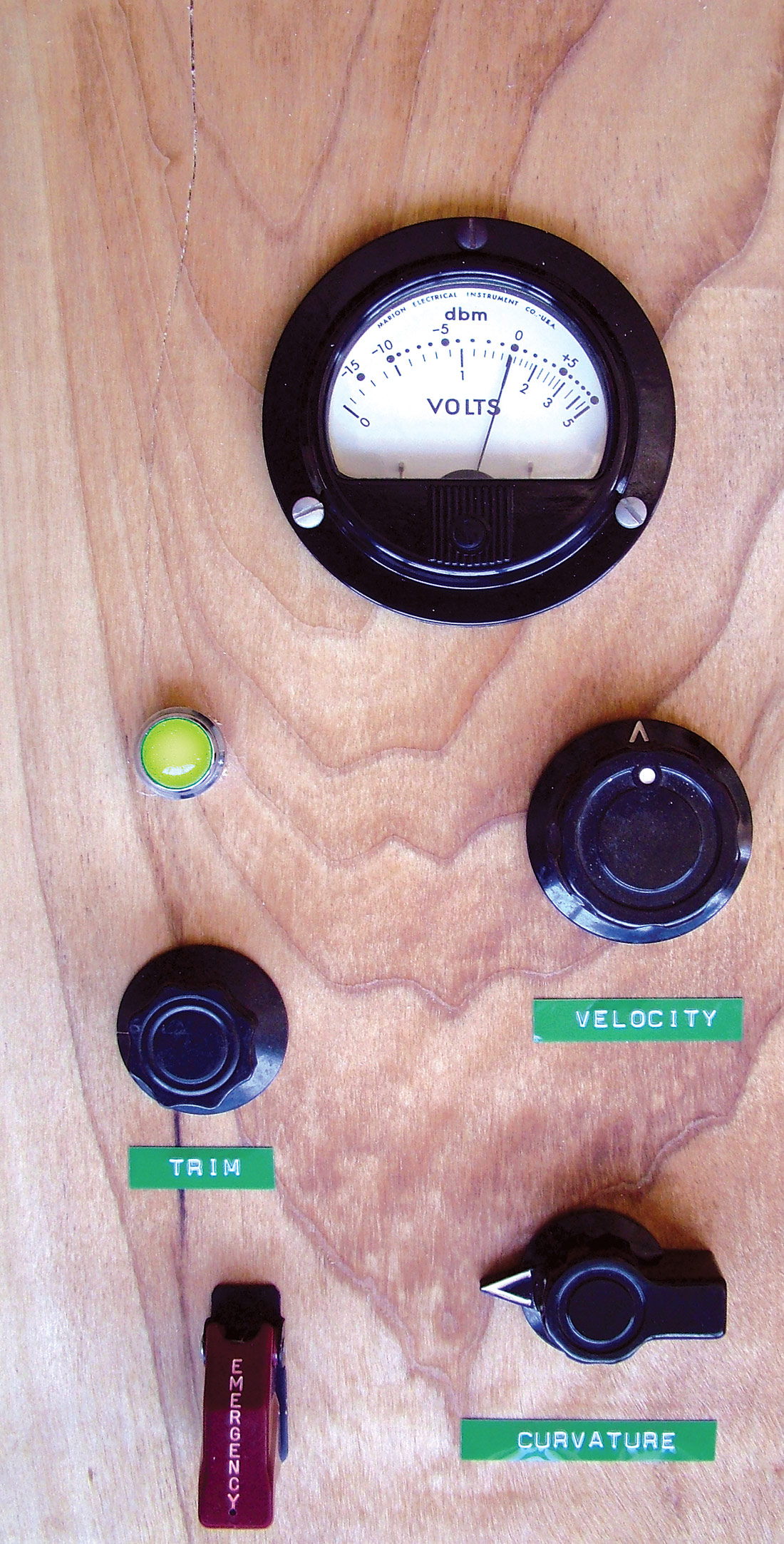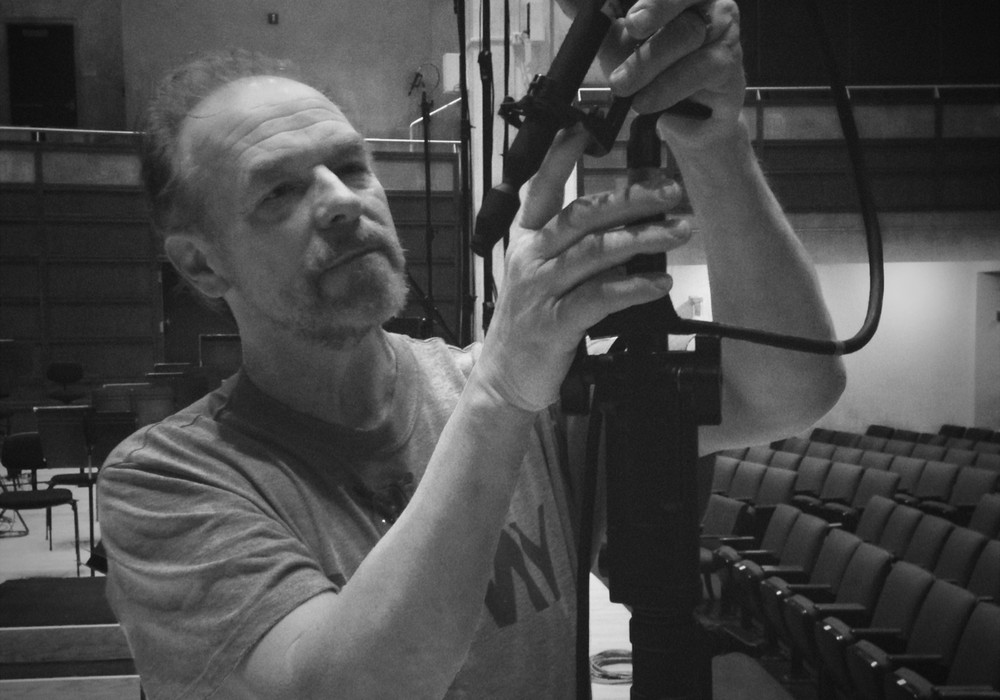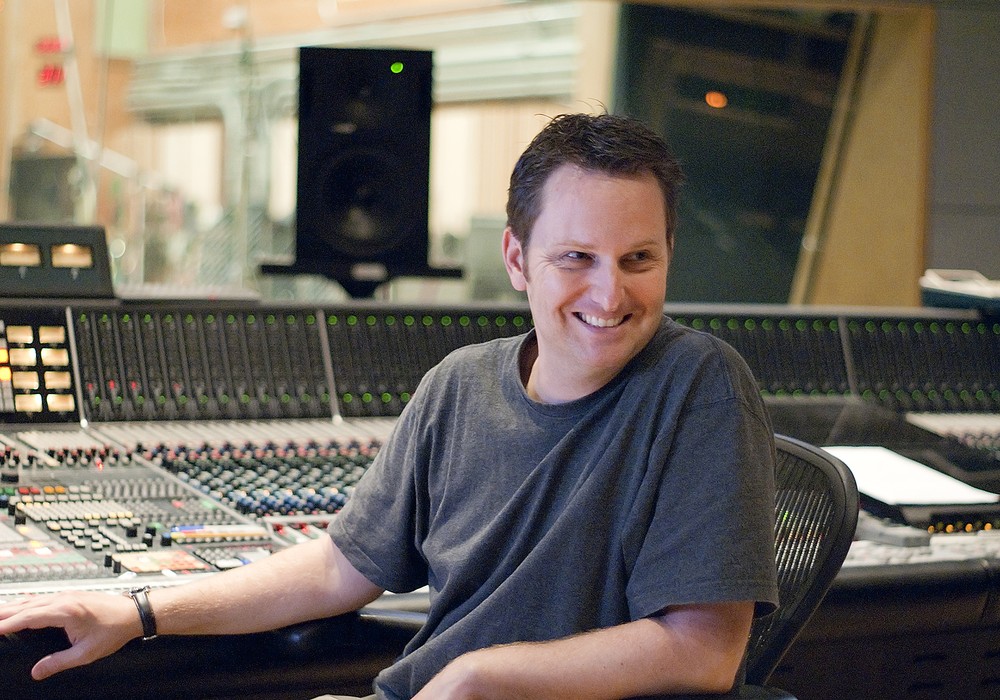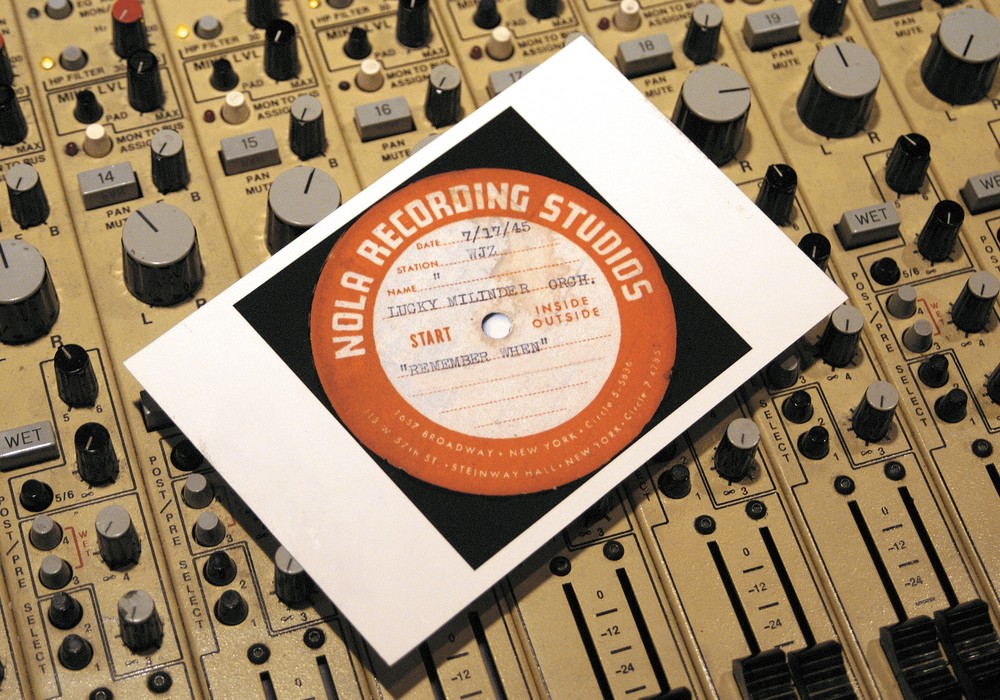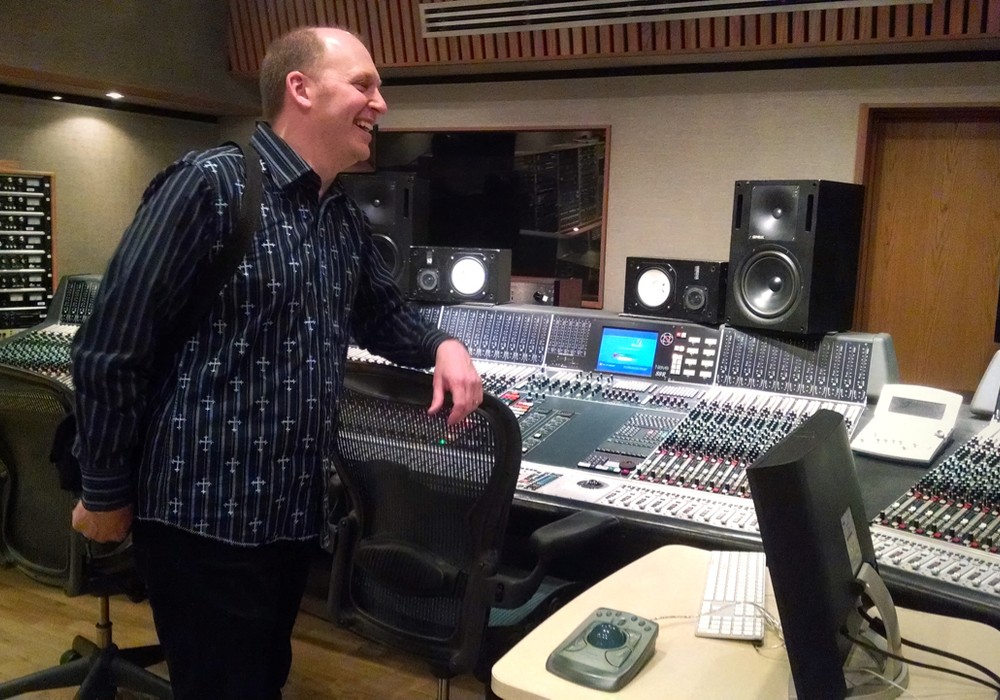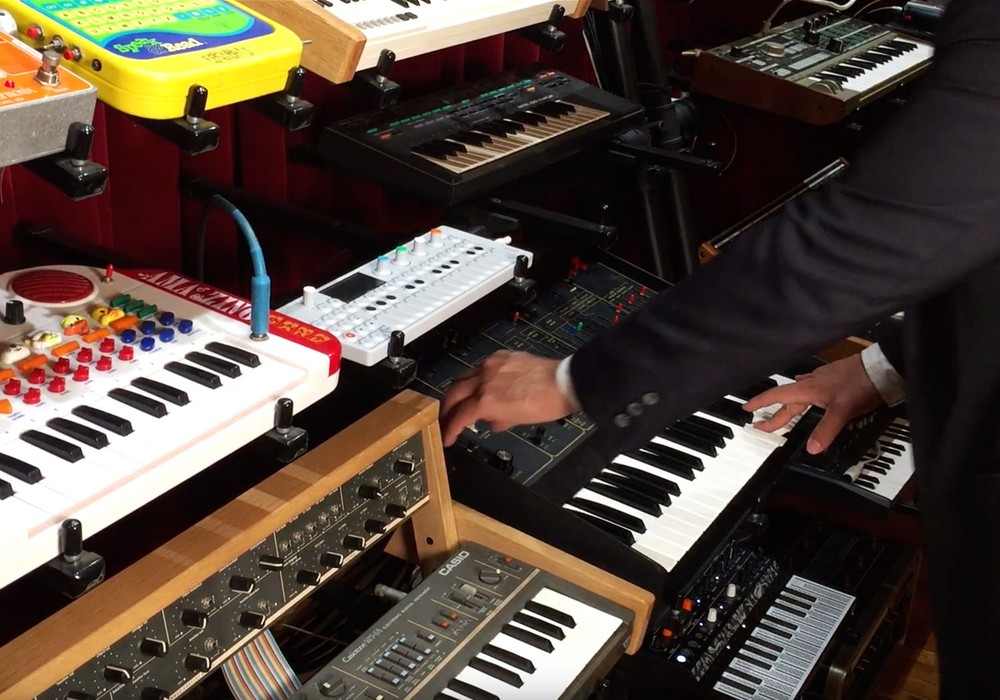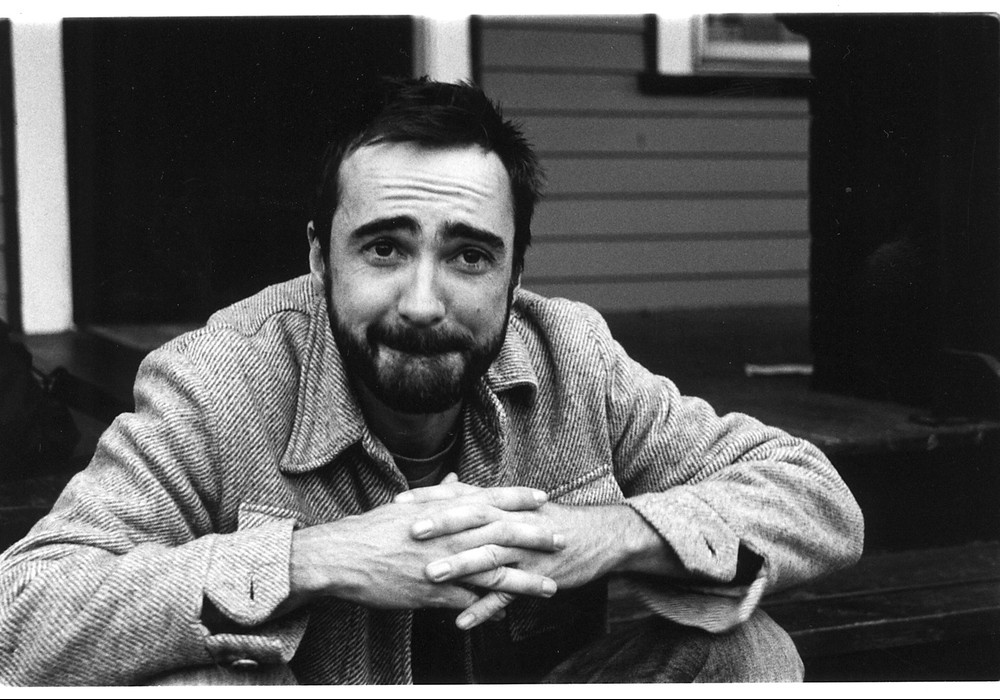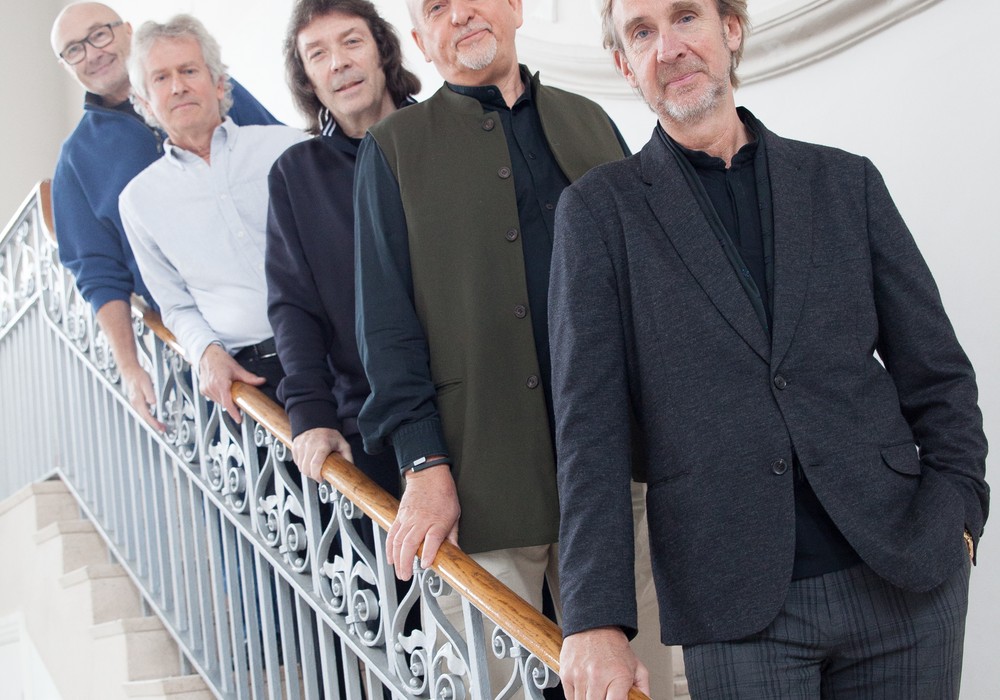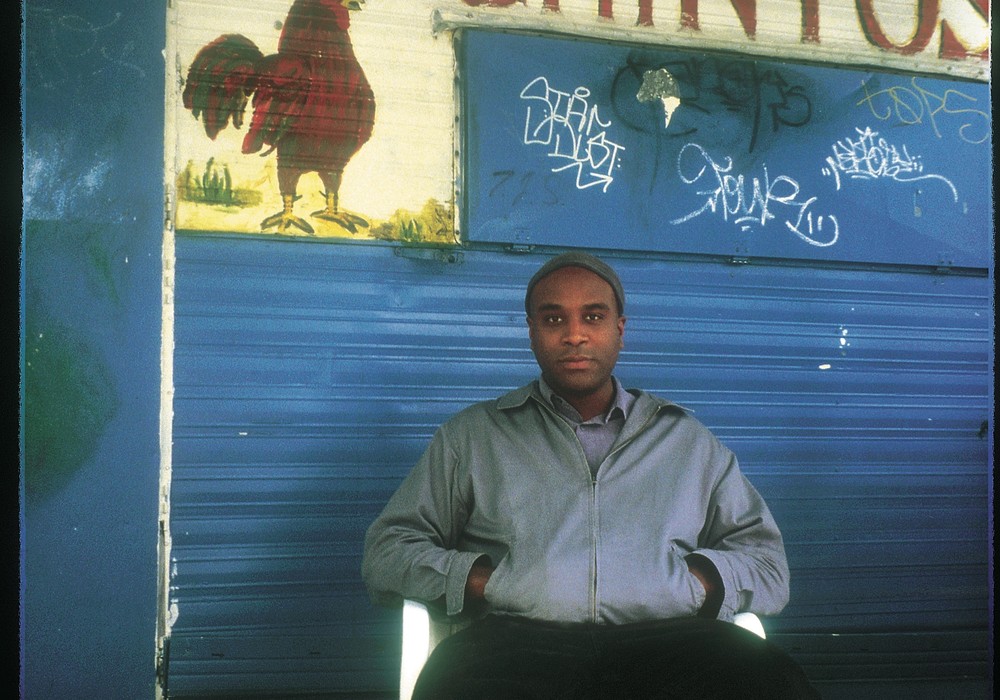"Sloooooooowly I turned...step by step, inch by inch..." so goes the old Three Stooges routine, the source of the name of Bruce Kaphan's Bay Area home-based recording studio, Niagara Falls. As a member of American Music Club, Bruce not only brought his voice on the pedal steel into an already unique group, he also helped realize the combined vision of the band through his production and engineering. Through AMC, work as a steel player came along with sessions for R.E.M., Jewel, Sheryl Crow, The Black Crowes, Love and Rockets, Francesco de Gregori, Chris Isaak, Red House Painters and Jellyfish, plus touring with folks like David Byrne. Bruce's album, Slider- Ambient Excursions For Pedal Steel Guitar, came out on Hearts of Space Records in 2000 and is an enjoyable, late night listen. In addition to composing for soundtracks and doing mastering projects, Bruce has engineered and produced recordings for Victor Krummenacher, Camper Van Beethoven, Cracker, The Crooked Jades, Jerry Vessel (formerly of Red House Painters), Danny Caron, Real Vocal String Quartet, and Amy X. Neuburg. He's currently engineering an interesting project for Kenny Feinstein, who is doing an all- acoustic version of My Bloody Valentine's Loveless album. (Jeff Kazor of The Crooked Jades will be producing.) Bruce and I hadn't seen each other in quite a while, so I used this interview as an excuse to catch up on Bruce's current work, and speak to him more about the methods behind his madness... or is it madness behind his methods?
We haven't worked together in a while. What has changed at your Niagara Falls studio?
I have collected some gear. I bought a pair of [Empirical Labs] Distressors. I had used them before in other studios, where I was always kind of under the gun. I would get a sound and go with it. Now that I've had a chance to really study them, I am floored by how great they are. I hosted and sponsored a tube preamp shootout over at Fantasy Studios [Berkeley, CA]. We had about ten different boutique tube preamps there, and I ended up choosing the D.W. Fearn VT-2. I also got a Pendulum OCL-2, which is a tube opto- compressor. It's incredibly transparent. I've been working towards revamping my pedal steel rig recording path, so the Fearn and Pendulum were the choices that I made based on optimizing that.
You also write for Recording Magazine.
The editor [Lorenz Rychner] of Recording was in town for the AES Convention. We had dinner, and we were trying to remember exactly how it was that we formed our relationship. I know that the Hearts of Space promotion department was reaching out. [The label's founder] Stephen Hill was encouraging me to try to get a bigger footprint by writing for various magazines. I was interviewed by Lorenz for Recording - he did a review and interview about how I made Slider, because they thought it was interesting sounding. I mentioned to him, "By the way, if I could ever be a contributor I'd like to give it a try." That was probably in 2001; since then I've been a part-time staff writer. I've done some kiss-and-tells — make a record and then tell how the record was made. I've reviewed gear for them a couple of times, but I think they don't like me as a gear reviewer. Most gear, especially equipment that's on the low end, the stuff that's cheap and contemporary, is not particularly robust sounding to my ear. Personally when I researched the tube preamp that I wanted to buy, I ended up buying the $3500 D.W. Fearn preamp.
And you've released more solo recordings.
I was working on two albums for a while. I needed to do something in the same vein as Slider, to satisfy the people who like that. The second album is Hybrid, and it came out in 2010. I also recorded with a quartet — drums, bass, pedal steel and piano, and we released the Bruce Kaphan Quartet album this year. We're doing music that's jazz-flavored, like Miles Davis' Kind of Blue; it's a modal jazz kind of thing with a Pat Metheny vibe. I played along with Miles Davis records a little bit, trying to grasp his phrasing better. With the steel and trumpet, in terms of the longevity of the notes, there's a cool parallel there. That work was inspired by conversations I had with Thomas Dolby, who is the musical director of the TED [Technology, Entertainment, Design] conference. Thomas wanted me to come play, but the selection committee at TED rejected us. The Quartet pieces sort of evolved out of an audition for TED.
Has anything else changed about your pedal steel rig in the last four years?
Everything. My old steel rig had been sort of cobbled together over the years, based on playing country music and playing with American Music Club. Then I got the Slider gig and it worked for that too. However, there was a lot of noise in the system and a little bit of distortion that I didn't like. I decided to really go for it this time and get something that really speaks the way I want it to. I went to the annual International Steel Guitar convention in St. Louis and found a steel there that I fell in love with. Then I had to go through pickup selection. I researched pickups. I bought half a dozen different ones that I put in the steel. With each pickup I tried to record the same things as close to the same way as I could. You know you can't play it and then flip a switch and have a different...
